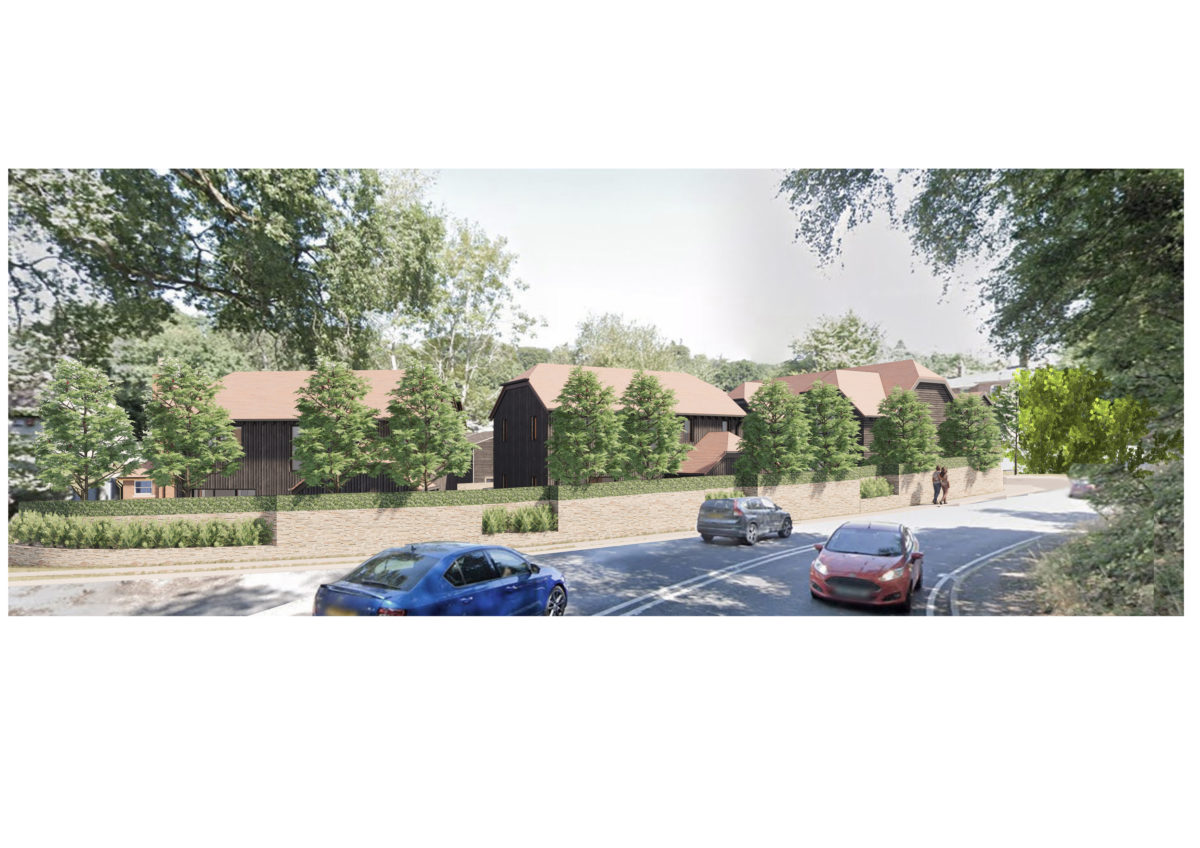

A useful tool to explore the development potential of a site without incurring huge costs
What is PiP?
The Permission in Principle application (PiP) route was introduced in April 2017 specifically for minor scale residential development as another route to boosting housing supply. The initial aim was to give applicants reassurance that their site could be developed for housing without having to spend significant money or time making a full planning application.
The concept was originally designed to encourage housing development on previously developed land through the Brownfield Land Register compiled by Local Planning Authorities (LPAs). However, due to the lack of sites coming forward via this route, in June 2018 the procedure was expanded to allow applications to be submitted directly to LPAs for both greenfield and brownfield sites (read more in our article ‘Permission in Principle’).
PiP is a two stage process; stage 1 is seeking permission for the principle of development on a given site and the LPA can only consider the ‘principle’ matters, which are: location, land use and the amount of development. If the PiP is granted, a Technical Details Consent (TDC) (stage 2) is required, which deals with all other matters. Together they form a planning permission.
Have they proved useful? What are the pros and cons?
PiP is essentially a lower cost way of establishing the principle of housing development on small riskier sites before investing too much. It is a step on from the informal advice received through the pre-application enquiry process and does not generally require as much investment as an outline planning application.
The fee payable to apply for a PiP is the same as for an outline planning application for the same amount of development. However, they require a minimal level of information to be submitted; a simple plan and information on the number of residential units is all that is required, along with supporting justification for any site specific issues affecting the principle of development.
PiPs are formally registered applications and are required to be determined within a 5 week period. The timeframe is something to bear in mind if looking to get a swift decision on a site’s potential. The benefit of a PiP, if granted, is that it provides a formal ‘in principle’ approval, albeit not a planning permission, with a decision notice setting out the list of technical details required to follow.
We are seeing that some authorities are reluctant to loosen their grip on the level of detail they want and applications are being refused for lack of information rather than because there is necessarily any material reason to object to it. As planning consultants, we seek to work proactively with the Council to ensure that they do have all the information they could reasonably need to approve the application.
On the plus side, there is the right to appeal against the refusal of a PiP application. Refusal of a PiP in an edge of settlement location, in the jurisdiction of LPAs with an out of date Development Plan or where the LPA is unable to demonstrate a 5 year housing land supply are all worth challenging at appeal.
It is perhaps too early to say whether a successful PiP (and follow on TDC) will routinely be a swifter process than the alternatives. Though PiP has a determination period of 5 weeks, when combined with the work involved in negotiating and successfully discharging the detailed requirements of the TDCs, this avenue is unlikely to take significantly less time than an outline, reserved matters or full planning application route.
PiPs reduce the planning risk for some, but they may cause inflexibility for others. PiPs will appeal to different types of developers or landowners depending upon their financing and risk structures for projects. We see PiPs being of benefit to landowners simply wishing to establish the development potential of their land before selling it and also to small/medium sized developers where lenders may be more willing to finance developments with a PiP in place for the land. However, it is likely that the alternative, well tried and tested routes may give other developers greater reassurance as they enable revisions to be made and are therefore able to react to changes in the market.
For this reason, the effectiveness of PiPs for larger sites listed in LPAs’ Brownfield Land Registers is not apparent. Most of these sites are already in the hands of developers who are more likely to use outline and reserved matters applications to allow the housebuilders to work in phases and react to market changes.
Although it is doubtful that PiPs will make a significant difference to bringing sites forward, they could become an increasingly useful tool for small developers to explore the development potential of a site without incurring huge costs.
Bell Cornwell would be very happy to discuss your site’s potential and which route to pursue in seeking permission. Get in touch today.







